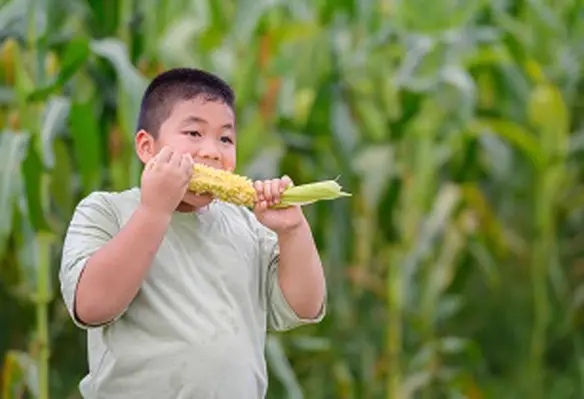Almost 55% of Asia’s population is expected to reside in urban areas by 2030, bringing severe consequences for urban food security and nutrition, according to the main findings of a new report by four United Nations agencies
Published jointly each year, the ‘SOFI’ report is prepared by the Food and Agriculture Organisation of the United Nations (FAO), the United Nations Children’s Fund (UNICEF), the World Food Programme (WFP), and the World Health Organisation (WHO).
The report highlights the challenges and system-level determinants of unhealthy diets in urban areas, both with regard to undernutrition and obesity. Food security and nutrition in the urban context will determine progress, or lack thereof, towards achieving the Sustainable Development Goal (SDG2) to eliminate hunger and the World Health Assembly (WHA) 2030 targets on food security and nutrition.
Asia-Pacific regressing on food security targets
In recent years, previous editions of the SOFI report found that progress in the fight against hunger and all forms of malnutrition was stalling, then regressing and more recently pushing us further off track from achieving the SDGs.
This reverse was evident even before the COVID-19 pandemic took hold in 2020. But as the pandemic continued, the 5F crisis emerged (lack of food, feed, fuel, fertiliser and finance), as did the conflict between Russia and Ukraine, two of the world’s major agricultural producers. The convergence of these and other issues during the past year resulted in unprecedented food and energy price rises that have hit households and livelihoods hard and pushed additional millions more into hunger and poverty.
High agricultural input prices, concerns about the weather and climate, and increased market uncertainties stemming from the continuing war in Ukraine are contributing to a tightening of food markets. Food import bills are likely to hit a new record of US$1.94 trillion this year, according to FAO’s latest Food Outlook published in November. Without doubt, the convergence of these negative factors will exacerbate hunger and poverty in Asia and the Pacific.
Urgent action needed to combat stunting and obesity
In 2021, 396 million people in the region were undernourished and an estimated 1.05 billion people suffered from moderate or severe food insecurity. Nearly 75 million children below the age of five in Asia and the Pacific are stunted, amounting to half of the world’s total. 10% are affected by wasting, while poor diet quality also drives overall increases in children being overweight and obese.
Among older children and adults, obesity continues to rise in every country of this region. The Pacific Island Countries have the highest prevalence of obesity in the world. No country in Asia and the Pacific is on track to meet the WHA target of no increase in adult obesity.
A call to action and action underway
During the year, as the 5F crisis intensified, the four UN agencies took the initiative to join hands at regional and country level to deliver coordinated technical support to countries and actions.
The crisis is an opportunity to build on the momentum of the UN Food Systems Summit of 2021. Together, the agencies are intensifying efforts with member countries to reshape and reimagine food systems across the region to make them more efficient, inclusive, resilient and sustainable, leaving no one behind. However, governments, civil society, the private sector, funding and development agencies will need to continue to demonstrate leadership and partnership to bring about transformative change in agrifood systems and show improved figures in this flagship report in the years to come.




